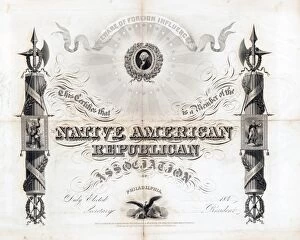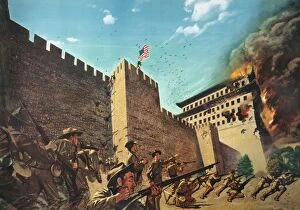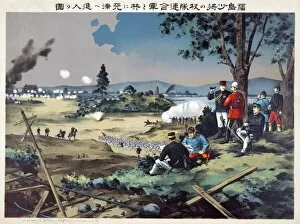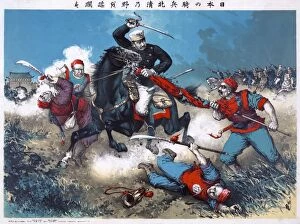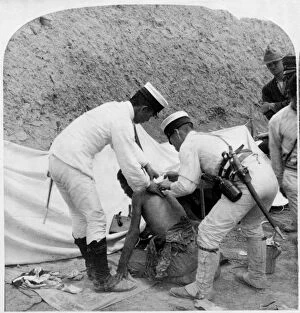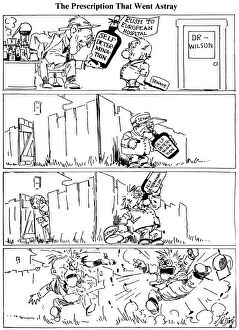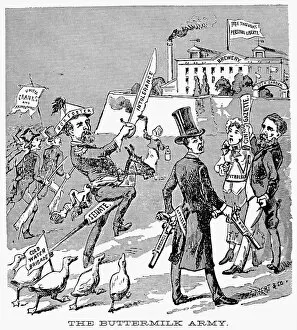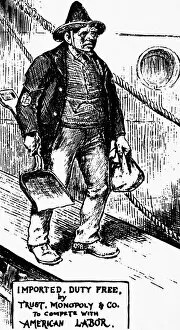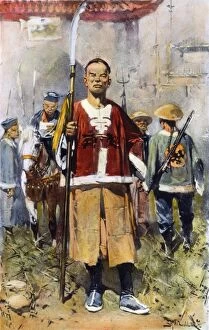Anti Immigrant Collection (page 2)
"Unveiling the Historical Context
All Professionally Made to Order for Quick Shipping
"Unveiling the Historical Context: Anti-Immigrant Sentiments Through Cartoons" The Boxer Rebellion of 1900 witnessed British and Japanese troops clashing with Boxer forces in Tianjin, while the 14th United States Infantry sought refuge within Beijing's Palace Grounds. These events marked a turning point in history, highlighting tensions surrounding immigration. In 1921, an impactful cartoon titled "The Only Way to Handle It" depicted the growing concerns about immigration. The illustration portrayed a nation grappling with how to address this issue effectively. Similarly, during the Red Scare of 1919, another cartoon emerged titled "Put Them Out and Keep Them Out, " depicting a bearded Bolshevik sneaking under the American flag. This image reflected fears that immigrants might bring radical ideologies into America. Cartoonist W. A. Rogers captured public sentiment during the Boxer Rebellion through his piece called "The Dragons Choice. " This artwork showcased how anti-immigrant sentiments were intertwined with geopolitical conflicts at that time. Another notable cartoon from 1921 entitled "Spoiling the Broth" criticized excessive immigration that hindered assimilation into American society. Failing to blend into the national melting pot was seen as detrimental to social cohesion. This sentiment against unrestricted immigration dates back even further; an 1890 cartoon by F. Victor Gillam opposed such policies vehemently. Meanwhile, a mid-19th-century Know-Nothing cartoon accused Irish and German immigrants of manipulating elections and controlling urban political machines. An influential piece by Frank Beard in 1885 named "Columbias Unwelcome Guests" shed light on anxieties over unrestricted U. S. Immigration policies attracting anarchists, socialists, and Mafia members from Italy, Russia, and Germany. These historical cartoons provide glimpses into past eras when anti-immigrant sentiments prevailed due to various reasons – cultural assimilation challenges or perceived threats posed by certain immigrant groups holding differing ideologies or engaging in criminal activities.

